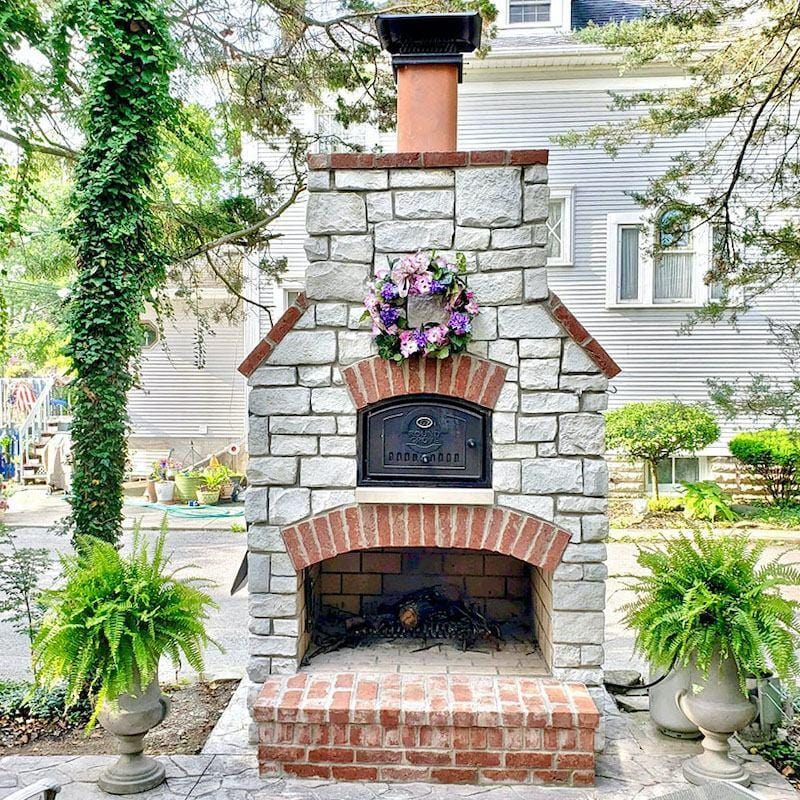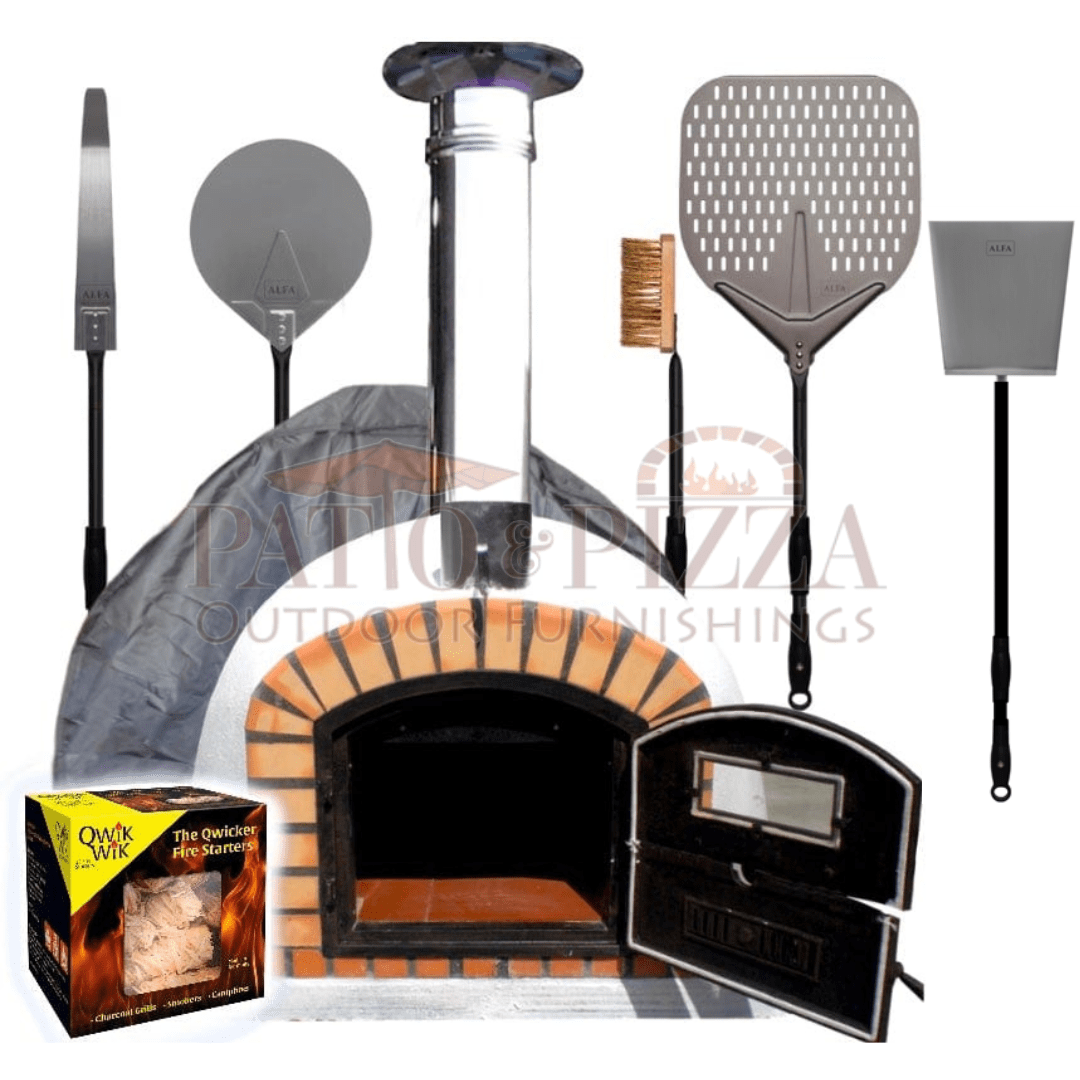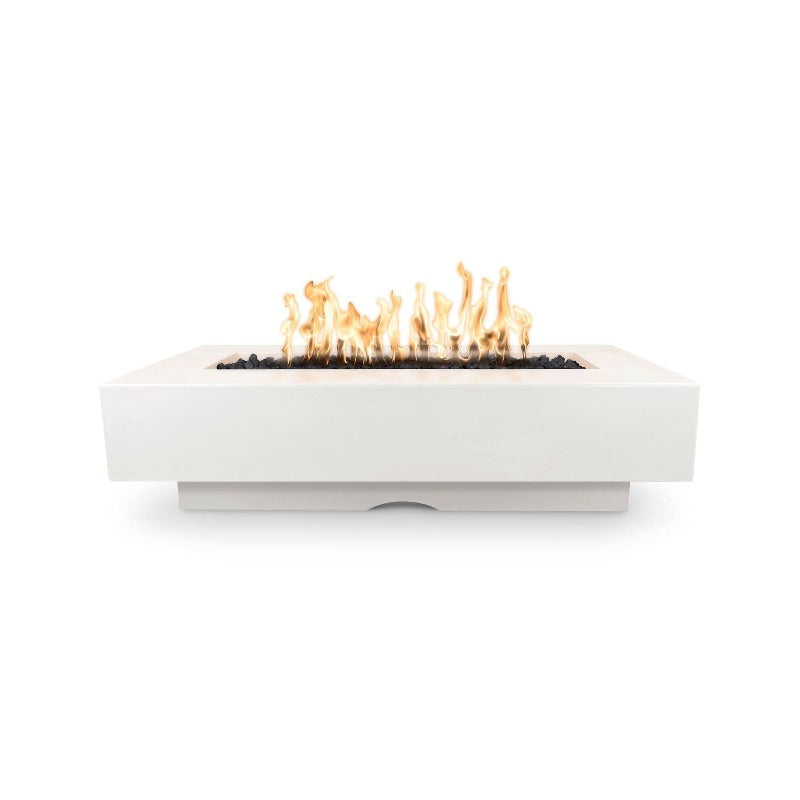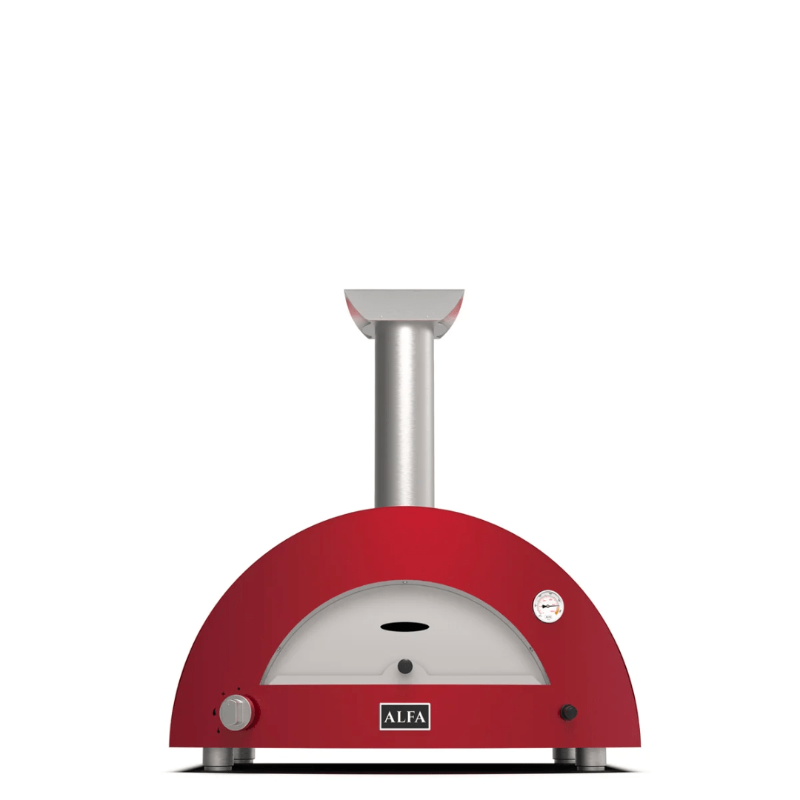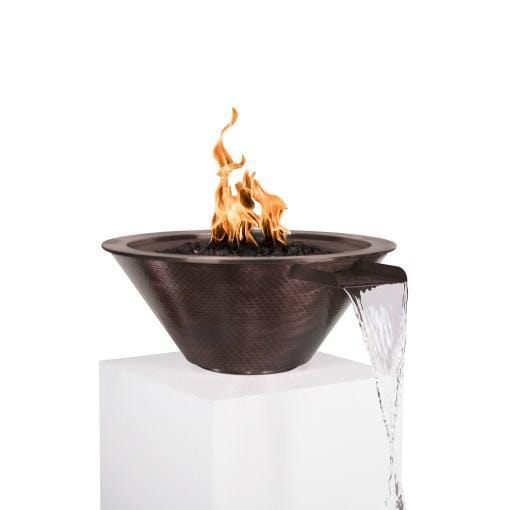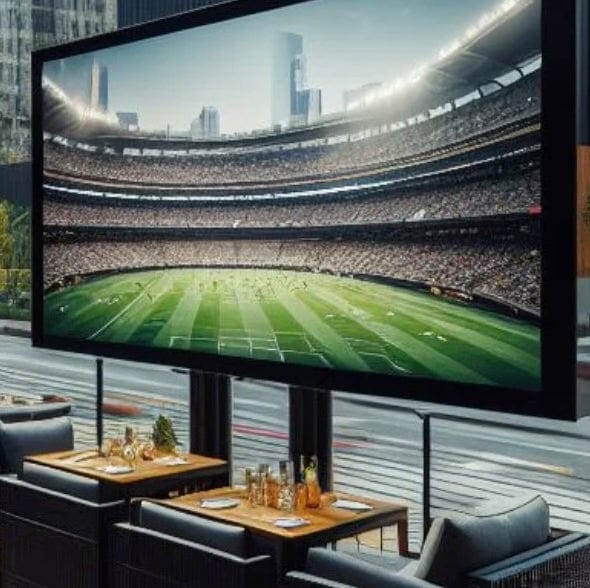There’s something about watching TV under the open sky that feels like a luxury—whether it’s a quiet movie night on the patio or game day with mates around the barbecue. But before you haul your flat-screen into the backyard, know this: setting up a TV outdoors takes more than a wall bracket and a power cord.
From unpredictable weather to glare, wiring, and sound, there's a lot to get right if you want your outdoor setup to work well and last. Here's a no-fluff guide to help you install an outdoor TV that looks great, functions safely, and doesn't quit after one rainy season.

1. Get a TV Made for the Outdoors
Tempted to use an indoor TV on the deck? Think again.
Standard TVs aren't designed to cope with heat, cold, humidity, or dust. Even under cover, outdoor air can ruin internal components over time. Look for TVs specifically designed for outdoor use—they're sealed against moisture and temperature extremes, and their screens are built to reduce glare.
PRO Tip: Know your space. If the TV will sit in a shaded area like a covered porch, a "full-shade" model will do. If it's going in direct sunlight, you'll need a "full-sun" TV that can handle the brightness and heat.
2. Choose a Smart Location
Mounting your TV in the right spot can make or break your setup.
Pick a place with natural cover if possible—under an eave, a pergola, or a gazebo works well. This keeps it out of direct sunlight and gives some protection from wind and rain. Avoid areas where water might pool or where sprinklers hit.
Also, check the sun's angle throughout the day. A spot that's shady in the morning might be a glare-fest by afternoon. Take time to observe how the area changes throughout the day before choosing the final spot.
3. Keep Cables Safe from the Elements
Cables often get overlooked during outdoor TV setups, yet they play a crucial role in ensuring everything works safely and smoothly.
If your setup requires tapping into indoor wiring or creating new outlets, it might even fall under the category of home rewiring. In that case, it's best to get a licensed electrician involved to ensure everything is safe and up to code.
For the rest of the installation, here's how to keep your outdoor cabling protected:
- Use outdoor-rated cables and connectors that can handle UV exposure and changing weather.
- Run cords through PVC conduit or flexible tubing to shield them from moisture, insects, and sharp objects.
- Seal all entry points into your home with silicone or rubber grommets to prevent water leaks.
- Keep cable runs as short as possible to avoid signal loss and reduce exposure.
A neat and weatherproofed cable setup isn't just about appearance—it helps avoid performance issues and safety risks down the line.
4. Use a Heavy-Duty Outdoor Mount
Outdoor TV mounts aren't just about holding weight—they need to stand up to the weather, too. Choose a wall mount that's rust-resistant (look for stainless steel or powder-coated options) and rated for outdoor use.
Want to adjust the angle depending on where people are sitting? Go for a full-motion mount so you can tilt or swivel the screen easily. Just double-check it's rated for the size and weight of your outdoor TV.
5. Think About Theft Prevention
If your outdoor area is easily accessible, say, a side yard or shared building courtyard, you'll want to secure your gear.
There are mounts with locking mechanisms, or you can use anti-theft screws to make it harder for someone to quickly remove the TV. In some cases, it's worth pairing your outdoor entertainment space with a motion-sensing camera or floodlight for added peace of mind.
6. Don't Skimp on Audio
TV speakers are rarely powerful enough for outdoor use, especially once wind, birds, and general backyard noise come into play.
Here are a few audio options that work well outdoors:
- Outdoor-rated Bluetooth soundbars - easy to set up and move around.
- Mounted weatherproof speakers - ideal for permanent setups with broader coverage.
- Wired systems with outdoor amplifiers - great for large patios or pool areas.
- Smart speakers with voice control - handy if you're already using a smart home setup.
A solid audio setup can make outdoor movies, sports night, or even casual background music much more enjoyable.
7. Use an Enclosure If You're on a Budget
Let's say you're not ready to shell out for an outdoor-rated TV. In that case, an outdoor TV enclosure is your next best bet. These sealed boxes shield standard TVs from rain, dust, bugs, and even cold snaps.
While it's not a perfect substitute, especially in full-sun areas, it can give new life to an old screen under a well-covered patio. Just make sure your enclosure includes proper ventilation or internal fans to avoid overheating.
8. Use a Proper Power Setup
Never plug your TV into just any old extension cord.
Outdoor setups need GFCI (Ground Fault Circuit Interrupter) outlets, which shut off power in as little as 1/40 of a second in case of electrical faults—something that's especially important around moisture. If your patio doesn't already have one, it's worth having a licensed electrician install it.
Avoid powerboards designed for indoor use. Instead, opt for outdoor-rated surge protectors or weather-sealed boxes designed for outdoor electronics.
9. Keep Remotes and Accessories Dry
Ever left the remote outside overnight and found it soaking wet in the morning? You're not alone.
Here's how to keep remotes and accessories in good shape:
- Use a water-resistant or waterproof universal remote.
- Set up your TV’s mobile app to manage settings and controls directly from your smartphone.
- Keep accessories in a small weather-sealed storage box or wall-mounted case near the TV.
- Avoid leaving battery-powered accessories exposed—humidity can corrode the battery contacts.
A little preparation goes a long way in keeping your setup functional and frustration-free.
10. Plan for Maintenance
Outdoor setups take more abuse than indoor ones, so a little upkeep goes a long way.
Give your TV and mount a quick once-over every few months. Check for signs of rust, loose screws, moisture damage, or debris in the vents. In colder climates, consider covering or unplugging the unit during the off-season.
Even weatherproof models benefit from a soft dust cover when not in use. It’s a simple step that can add years to the life of your setup.
Turn Your Backyard Into a Viewing Oasis
Installing a TV outdoors can totally transform your backyard or alfresco area—just make sure you do it right. Choose gear that’s built for the environment, mount it in a safe and shaded spot, and don’t overlook the details like cables, sound, and security.
It's not just about throwing a screen on the wall—it's about creating where people want to gather, kick back, and enjoy the outdoors without compromising comfort.
With the right setup, your backyard could become everyone's favorite "room" in the house.


